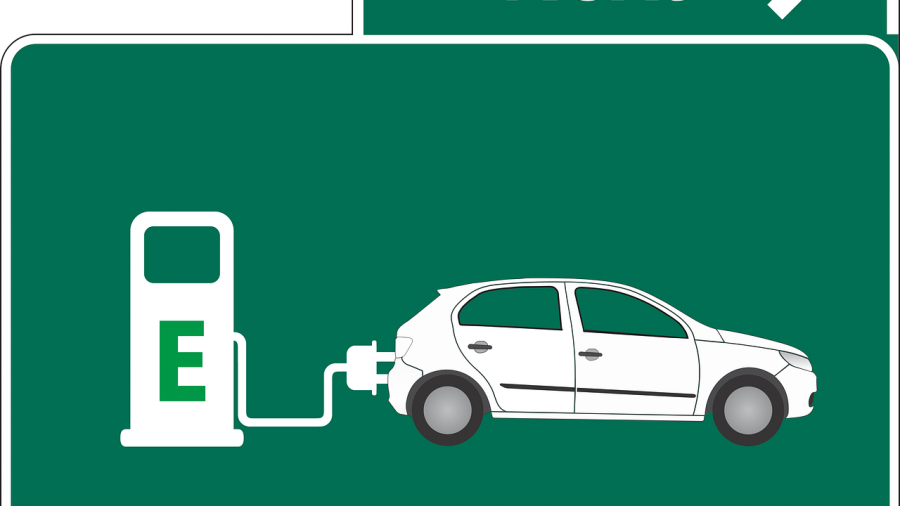How many electric vehicles (EVs) have you seen on the road? Probably not many. Sales of EVs in Australia dropped 23% in 2016: only 701 plug-in hybrids and 668 fully electric. In September 2017, Australians bought 100,200 cars and only 93 were pure EVs while 907 were hybrids. No wonder the NRMA and Electric Vehicle Council (EVC) wants action to encourage us to go out and buy them.
Electric future
NRMA teamed up with the EVC to report on the future of electric vehicles. The EVC is a lobby group of power companies, auto manufacturers, fleet businesses and the RACV. They recommended:
- Make charging infrastructure a priority
- Make EVs affordable using subsidies and tax breaks
- Ensure generating domestic energy is a priority
- Adopt EV fleet targets
- Set up a working group to coordinate the transition to electric power
- Encourage state investment in EV technology.
The main theme is the government has not done enough to encourage sales of EVs. In countries that do encourage EVs, such as Norway, motorists have rushed to buy them. They are rewarded with exemption from levied taxes, road tolls and parking costs and access to special lanes to speed up their journeys.
At the same time, seven countries want to ban fossil-fuel based cars – Holland, Norway, Germany, UK, France, China, India. No doubt, more will follow.
Manufacturer action
Meanwhile, manufacturers are busy preparing for a future of electric vehicles:
- Every Volvo from 2019 will have an electric motor
- Dyson will launch an EV from 2020
- Jaguar Land Rover new models will all be electric from 2020
- Ford has invested $4.5 billion into EVs, plans 13 models in next 5 years
- VW will electrify its entire fleet by 2030
- GM has 20 new electric models on the way
- VW, Daimler, BMW have committed $75 billion to EVs.
The question is whether Australia is falling behind in anticipating this landmark switch from the internal combustion engine.
Australian conditions
Many arguments against EVs in Australia no longer apply. For example, battery technology is improving all the time and fears of running out (range anxiety) are no longer justified. Most people drive only short distances anyway, even in an expansive country like Australia.
Already the Queensland government has installed a network of charging points down its east coast. Now the NRMA has announced it will build a charging network in NSW, giving members free access. But these are only small steps to boost demand for EVs.
Cheap to run
The cost of running an EV is a fraction of running a petrol vehicle: 30 cents compared to $1.23 per litre. But the purchase price is still prohibitive for most people. Of 16 EV models in Australia, 13 of them cost over $60,000! Out of the 10 top-sellers, in Australia we have only:
- Tesla Model S and X
- Mitsubishi Outlander
- BMW 13.
Meanwhile, only the ACT offers any kind of incentive for EV buyers – a stamp duty break.
Emissions target
One study claims increasing demand for EVs could reduce emissions by up to 90%, while costing motorists less to run. Unfortunately, Australia’s vehicle emissions are at a record high, even higher than the 2009 peak. This is mainly because of diesel, which accounts for 55% of all emissions from petrol-based fuel.
The NRMA/EVC study is surely right in saying we need more incentives to buy EVs. Motorists could also speak up for action on this, whenever they get the chance. Go to Facebook.


your opinion matters: